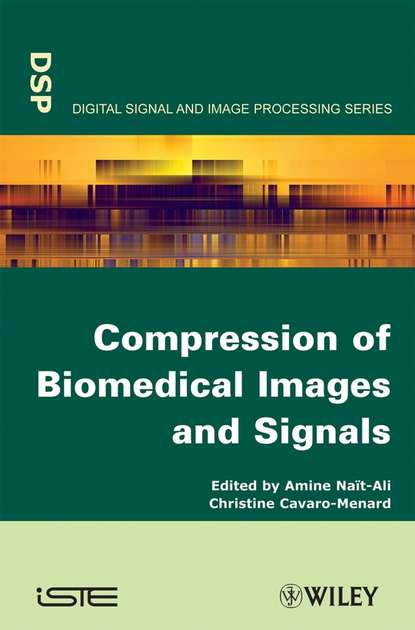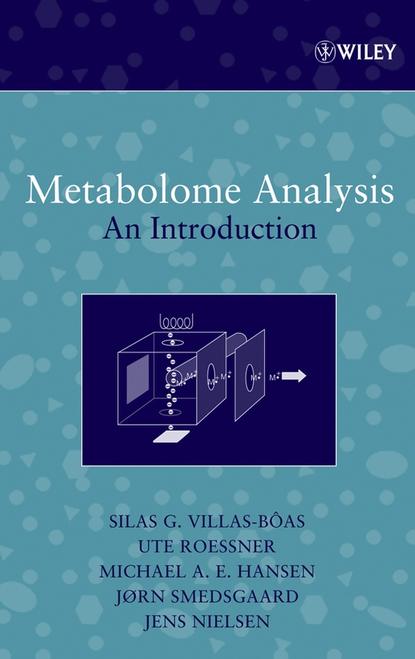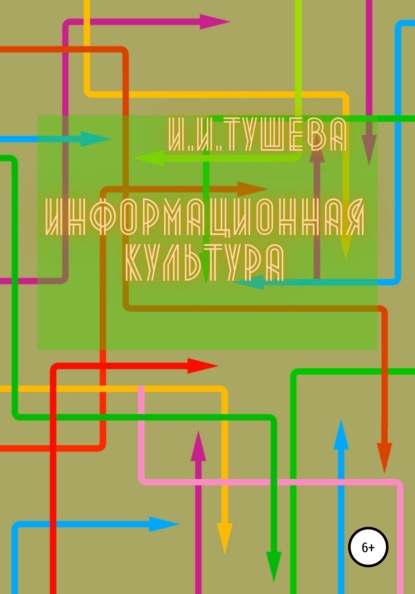За последнее десятилетие сжатие изображений и сигналов для хранения и передачи пережило бурный рост. Но как насчет сжатия медицинских данных? Должно ли медицинское изображение или физиологический сигнал обрабатываться и сжиматься, как любые другие данные? Прогресс в системах визуализации, системах хранения и телемедицине делает сжатие в этой области особенно интересным. Однако такое сжатие должно быть адаптировано к особенностям биомедицинских данных, которые содержат диагностическую информацию. Таким образом, эта книга предлагает обзор методов сжатия, применяемых к медицинским данным, включая: физиологические сигналы, МРТ, рентген, ультразвуковые изображения, статические и динамические объемные изображения. Исследователи, клиницисты, инженеры и специалисты в этой области, а также аспиранты в области обработки сигналов и изображений найдут эту книгу чрезвычайно интересной.
This book discusses how to compress biomedical images and signals for storage and processing. During the past decade, there's been a big expansion in image compression technology, due to advances in imaging and storing systems. Medical imaging involves using specialized equipment like MRI scanners or digital x-ray machines to create images of the human body, which can then be used by doctors for diagnosis and treatment planning. One challenge is that these images can be very large, so it's essential to develop methods for compression in order to save storage space and facilitate transfer. This book provides an overview of existing compression techniques and how they can be applied to various types of biomedical images, as well as discussing future research directions in this area.
Электронная Книга «Compression of Biomedical Images and Signals» написана автором Amine Nait-Ali в году.
Минимальный возраст читателя: 0
Язык: Английский
ISBN: 9780470393789
Описание книги от Amine Nait-Ali
During the last decade, image and signal compression for storage and transmission purpose has seen a great expansion. But what about medical data compression? Should a medical image or a physiological signal be processed and compressed like any other data? The progress made in imaging systems, storing systems and telemedicine makes compression in this field particularly interesting. However, this compression has to be adapted to the specificities of biomedical data which contain diagnosis information. As such, this book offers an overview of compression techniques applied to medical data, including: physiological signals, MRI, X-ray, ultrasound images, static and dynamic volumetric images. Researchers, clinicians, engineers and professionals in this area, along with postgraduate students in the signal and image processing field, will find this book to be of great interest.



















